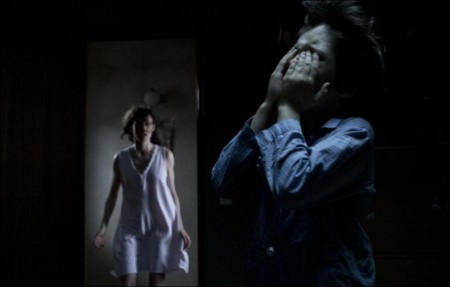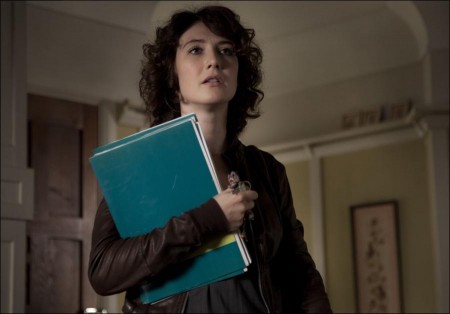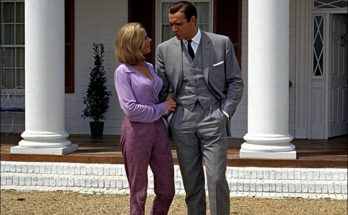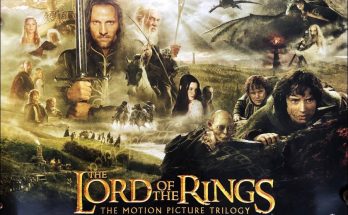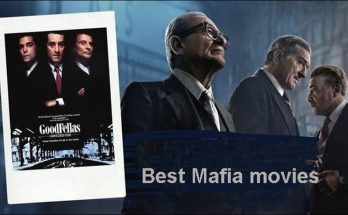Juan Carlos Fresnadillo talks about Intruders. Though no one can see him, Hollow Face lurks in the corners, desperately desiring love but only knowing how to spread fear and hate. He creeps into the life of John Farrow after Farrow’s beloved 13-year-old daughter Mia is assaulted in their home. The line between the real and the imaginary blurs as fissures start to open within the family unit. It seems that no security measure can keep Hollow Face out.
What drew you to the story?
Fear is inherited. That premise placed me again in one of the emotional settings that interests me most: the family. And in this case, the possibility of exploring the mechanisms that cause certain basic emotions, among them anguish or fear, to be transmitted from one generation to the next almost unconsciously, as part of a genetic machinery that we can’t control.
Also, I was fascinated by the idea of telling the story within a suspense structure, as if in some way arriving at that genetic conclusion was something we had to face, like an unfathomable mystery that leaves us light-headed; we don’t like to feel or think that everything dark that has happened in our family will be transmitted to the next generation, to our children.
What did the work with your regular director of photography bring to the story?
From the beginning, the visualization of the story with Enrique Chediak was based on finding the right lighting for materializing those ancestral fears that grip us when we are still children and how those fears are related to something closer to us – to our parents. We discovered that we had to create an atmosphere of realism, only altered by an unusual color temperature at the moments of maximum tension.
That mixture was essential for making the experience of those childhood fears very vivid and for showing how they could be confused with reality, following the maxim that the best way to portray a nightmare is to link it to an everyday, familiar world. Meanwhile, setting the story in two different places, in two aesthetically different cities, led us to look for and generate photography and framing that would create connections from the outset between those two worlds, between two such different cultures.
What were the premises in choosing the actors?
Obviously you always try to find the best possible actors for the story you have on paper; those who can give the best talent possible to the flesh that will fill out the very basic skeleton that appears in a script. In this case, I had to find empathy in each one of them. As it is almost an ensemble story, it was important that each of them could represent different elements or attitudes with which the spectator could easily identify.
In the case of Clive it was obvious that his presence as the average man, the everyday hero, helped us center the weight of the story on his shoulders. He was the character to follow and illuminate the other characters in the story and it was credible that on his journey towards the darkness, he would drag us along out of pure interest. With Carice, we looked to develop a family made up of different nationalities as that gave an interesting spectrum with regard to the connection of different personalities peopling Europe.
In the end, another recurrent idea in the story appeared with her – the feeling that the mother is an “intruder” in the very close relationship between father and daughter. Pilar’s passionate performance helped transmit the overwhelming force a mother can gain when defending her child and that helped to develop the feeling of conviction and drive when she stretched the limits of moral and ethical values.
When thinking about Daniel’s role, it was essential to find someone who could portray a presence and a performance that would help ease and relax the intensity of the story. As his character was beginning his life as a priest and still seeking the most humane solution, his beliefs were not withstanding. And as for the children, the key was to find in them, apart from their innocence, something in their eyes that would reinforce the connection with the fable; when it came to materializing the family’s nightmares it was important that they provide the connection between realism and the magical/obscure world of previous generations.
What was the concept behind the art direction?
The treatment of the places in the two cities where the action takes place has a mystery that I can’t reveal as it would ruin the viewing of the film; it’s part of the major revelation at the end of the story. Apart from that, the premise was to link the art department with the lighting department in order to obtain the always-difficult balance between reality and the esoteric. The spectral aspect had to unite and meld with the flesh and blood characters in the film.
Therefore, the study of each one of the details in the mise-en-scène was difficult. We had to get a simple image of the spaces that would communicate everything possible about the characters that lived in them. There wasn’t much time for character development, so the art direction was an essential ally in creating a greater richness in the story’s protagonists.
What were the challenges to overcome during the production process?
Undoubtedly the greatest challenge with this film was the editing. It was a long, complex process because of the story’s dual structure: two families, two cities and two threats. We had to go through an infinite number of versions to arrive at the only possible solution: an alternating montage that doesn’t seem like such, that was full of resonances between the two worlds and the two families. For that, we even had to alter the structure of the script and the shooting.
It was strange to see how, when one piece didn’t fit into that mirror game, the film lost momentum or interest. It was like a puzzle where the pieces had to fit by themselves, as all the theoretical considerations we had made didn’t really work. We had to strip down to the true nature of each sequence so that finally, everything found its place and a seamless piece of work was created.
Related Link: View the Full Production Notes for Intruders
Visits: 60
